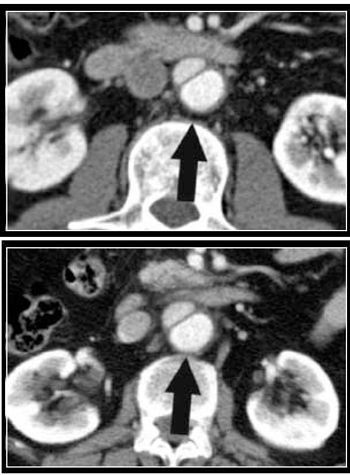
Korean researchers tested the ability of radiologists to spot CT images altered with commercially available software to introduce pathology and found that their skill at doing so is no more certain than a coin flip.

Korean researchers tested the ability of radiologists to spot CT images altered with commercially available software to introduce pathology and found that their skill at doing so is no more certain than a coin flip.

Using chest CT, Korean researchers have accurately located and diagnosed damage produced in the lungs of patients who have accidentally swallowed fuel while siphoning it from car tanks.

Knee osteoarthritis progression can be predicted by MRI findings of medial collateral ligament edema, bone marrow lesions, and being female, according to a study presented at the RSNA meeting.

There is electronic decision support in your future and it's probably going to change the way you practice radiology.

A Centers for Medicare and Medicaid Services proposal meant to streamline billing and other imaging management duties could actually backfire and create administrative havoc, according to radiology administrators.

This is a men's imaging center and the décor is man cave. We bought most of the furniture at garage sales and have no debt to service.

CT colonography can pinpoint cancerous colorectal segments more accurately than colonoscopy, according to Italian investigators.

Combining T2-weighted MRI to detect microvascular obstructions with delayed-enhancement imaging to measure tissue viability offers clinicians a better way to assess myocardial infarction, according to a new study from Japan.

Computer-aided detection software developed especially for coronary CT angiography could boost imagers' ability to rule out clinically relevant stenosis in patients at low to moderate risk of coronary artery disease, according to researchers at the Medical University of South Carolina.

CT angiography could help identify the factors that keep some types of lower extremity fractures from healing faster and better than other, similar lesions, according to Boston University researchers.

African American women take longer to come in for follow-up care after a suspicious breast abnormality is found, according to a study from the University of South Carolina. The problem may have more to do with economics than race.
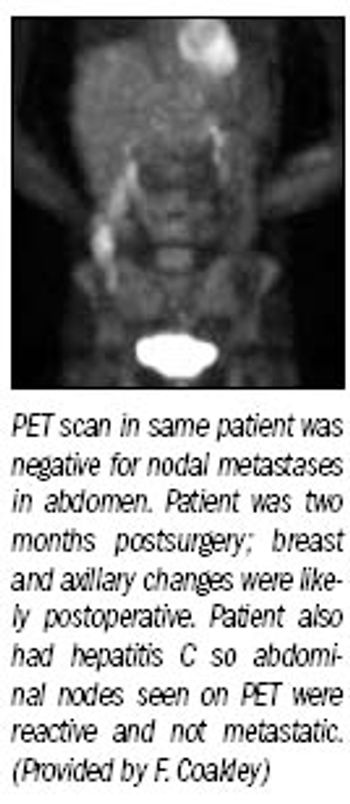
Despite a complex array of tests for imaging the abdomen, there are really only three things that oncologists need to tell radiologists in order to get the most out of these imaging studies, according to Dr. Fergus V. Coakley, chief of abdominal imaging at the University of California, San Francisco.
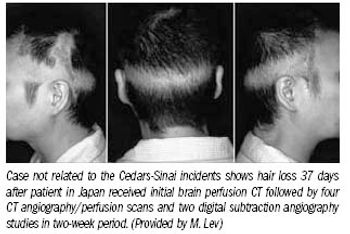
In the aftermath of CT-related radiation accidents at the prestigious Cedars-Sinai Medical Center in Los Angeles, the FDA, healthcare providers, and manufacturers are taking action to avoid suffering through similar situations themselves.
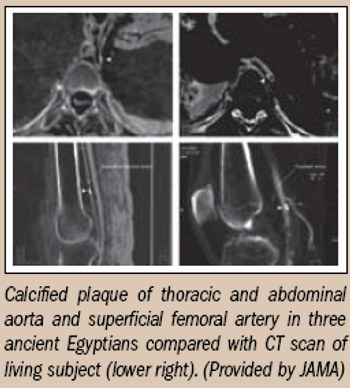
A study by U.S. and Egyptian researchers has challenged the conventional wisdom regarding cardiovascular disease.

Health analysts have long complained that an abundant supply of health facilities, or particular types of physicians, increases the probability for diagnosis and treatment of conditions related to that specialty.
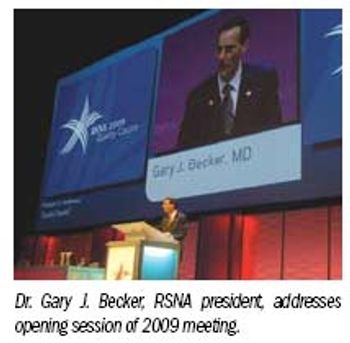
RSNA president Dr. Gary J. Becker opened with a sports quotation. “Today we are going to learn how to put on our socks and lace our shoes.”
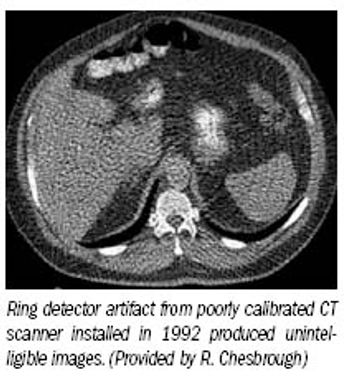
An in-depth look at outpatient imaging services in Southeast Michigan has uncovered a wasteland of outpatient imaging where technologists are poorly trained, imaging is interpreted without written records, and films are allowed to pile up in patient waiting rooms.
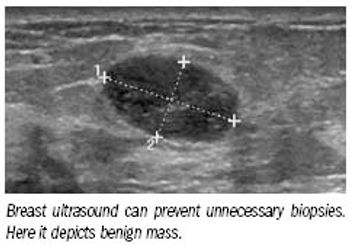
Breast ultrasound is having its moment. Multiple scientific presentations at the 2009 RSNA meeting showed how careful use of ultrasound could allow imagers to so precisely characterize lesions that women could avoid biopsies.
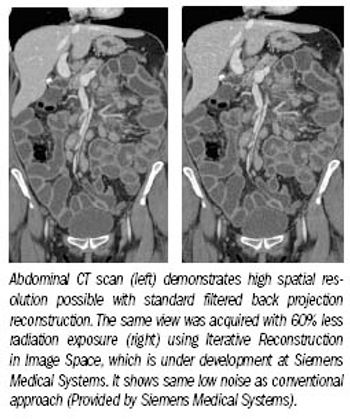
CT vendors have responded to public concerns about radiation dose with innovations that promise to cut patient exposure substantially without affecting imaging service operations.
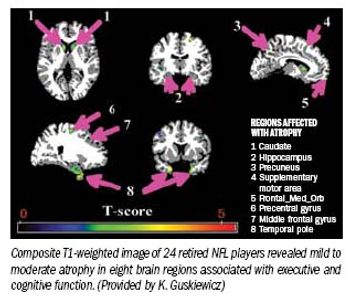
The brains of 24 retired National Football League players with known cognitive impairment show signs of damaging atrophy, according to advanced MRI studies described at the 2009 RSNA annual meeting.
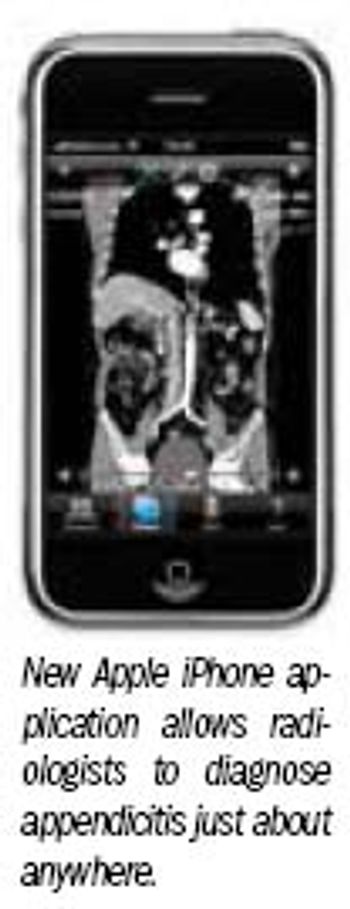
If you want to diagnose appendicitis, there's an app for that.
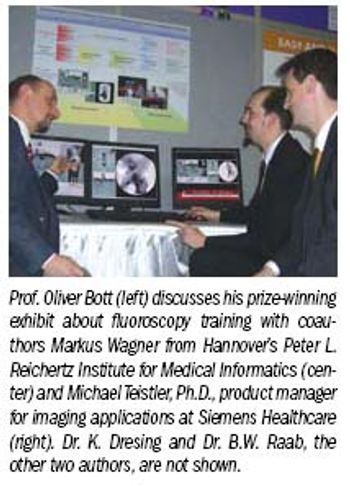
Unbridled joy took hold in the normally subdued poster hall during the RSNA meeting when the first purple summa cum laude rosette given by the panel of judges since 1998 was bestowed upon an elated team of IT specialists.
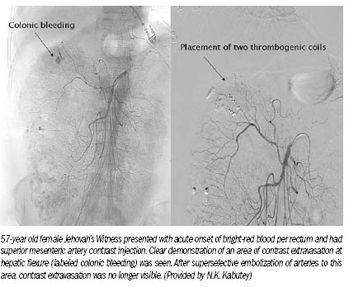
Radiologists from Boston Medical Center are using interventional techniques to treat bleeding Jehovah's Witness patients.